Fujifilm X-H2S Hands-on Review: Is this Fujifilm’s best hybrid camera?
posted Friday, September 30, 2022 at 4:30 PM EDT
Click here to read our Fujifilm X-H2S Hands-on Review
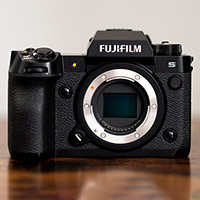
The Fujifilm X-H2S includes many incredible features, including a brand-new stacked 26.1MP X-Trans CMOS 5 HS image sensor, up to 40 frames per second continuous shooting, AI-powered subject detection, and more video features than any previous X Series camera. While that's all amazing on paper, how does the promised performance translate in the field? We've spent a lot of time going hands-on with Fujifilm's new flagship camera, and our Hands-on Review is ready for your enjoyment.
The first thing I noticed when using the X-H2S is how different it is from a camera like the X-T4, and even the original X-H1. Fujifilm has gone with a traditional SLR-inspired design, including a regular mode dial. Gone are the dedicated dials for shutter speed, ISO or exposure compensation. In many cases, this change makes the camera easier and faster to use but will likely upset some longtime Fujifilm fans. However, Fujifilm insists that its product lineup will continue to offer something for everyone, including fans of manual dial controls. In the case of the X-H2S, it's all about speed, so it made sense to ditch the more typical Fujifilm-style controls.
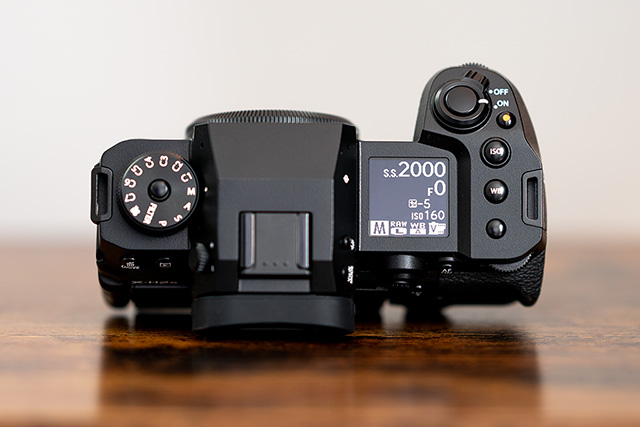
When I say speed, I mean "super speed." Thanks to the stacked image sensor and improved processing power, the X-H2S can shoot full-resolution 26.1MP images at up to 40 frames per second with full AF and AE. If you prefer a mechanical shutter to the electronic one, speeds are capped at 15 fps. In either case, the camera's high-speed readout is fantastic.
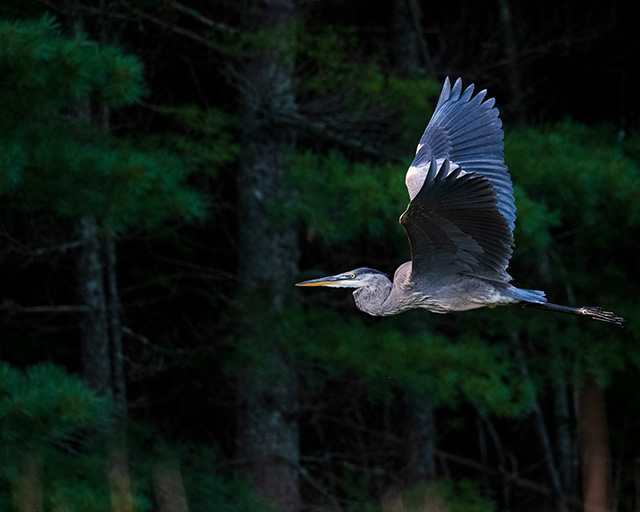
Fast shooting speeds don't mean much if the camera's autofocus system can't keep up. The X-H2S's AF system is very good, delivering accurate, reliable autofocus in many situations. The camera also incorporates new AI-powered subject detection, which worked very well for wildlife photography, including birds and mammals. While the AI AF isn't perfect in every situation, it's excellent overall, and I used it extensively alongside Fujifilm's new XF 150-600mm F5.6-8 R LM OIS WR lens. Click here if you'd like to read my review of that exciting new telephoto zoom lens.
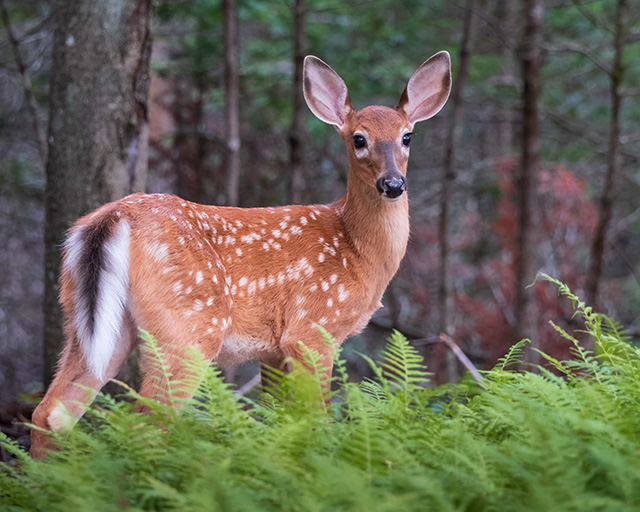
While I'm primarily a stills photographer, I was still very impressed by the X-H2S's video performance. 4K video quality is excellent across a wide range of ISO settings. Low-light performance in general was a highlight during my time with the X-H2S. The camera performs well at high ISO settings across video and still photos.
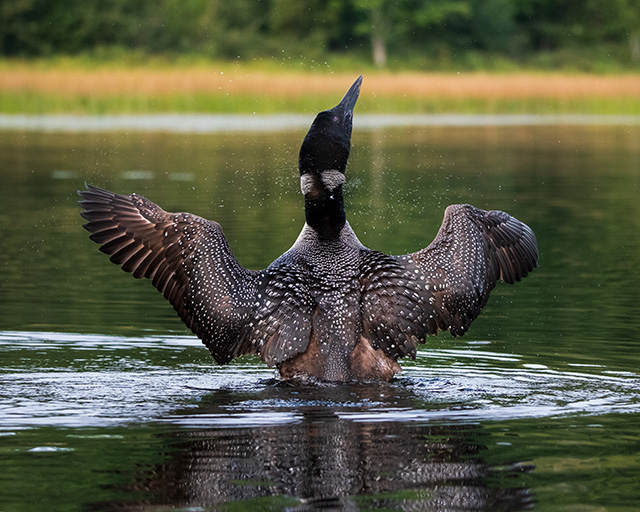
There's much more to say about the Fujifilm X-H2S, and you can read all about my experience with the camera in our full Fuji X-H2S Review. It may be Fujifilm's best X Series camera, and it's worth checking out for any photographer who demands the utmost speed, performance and image quality.
